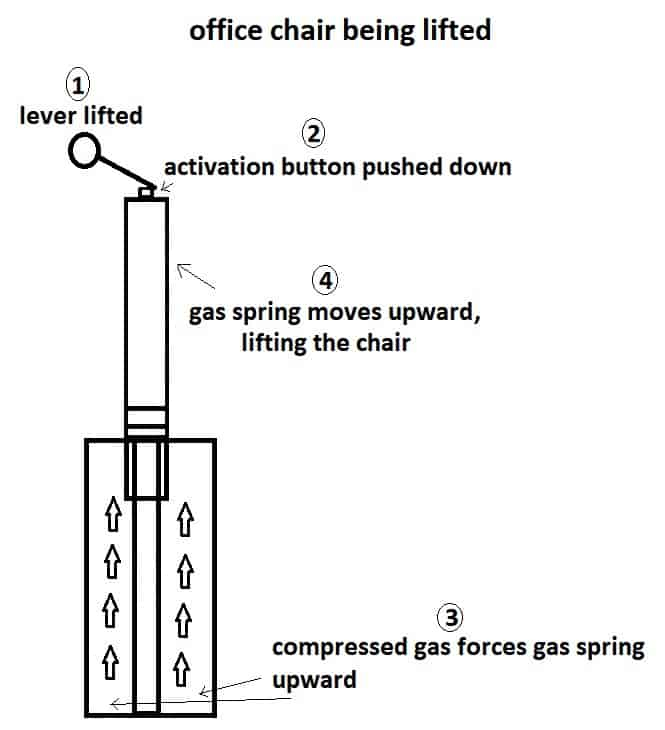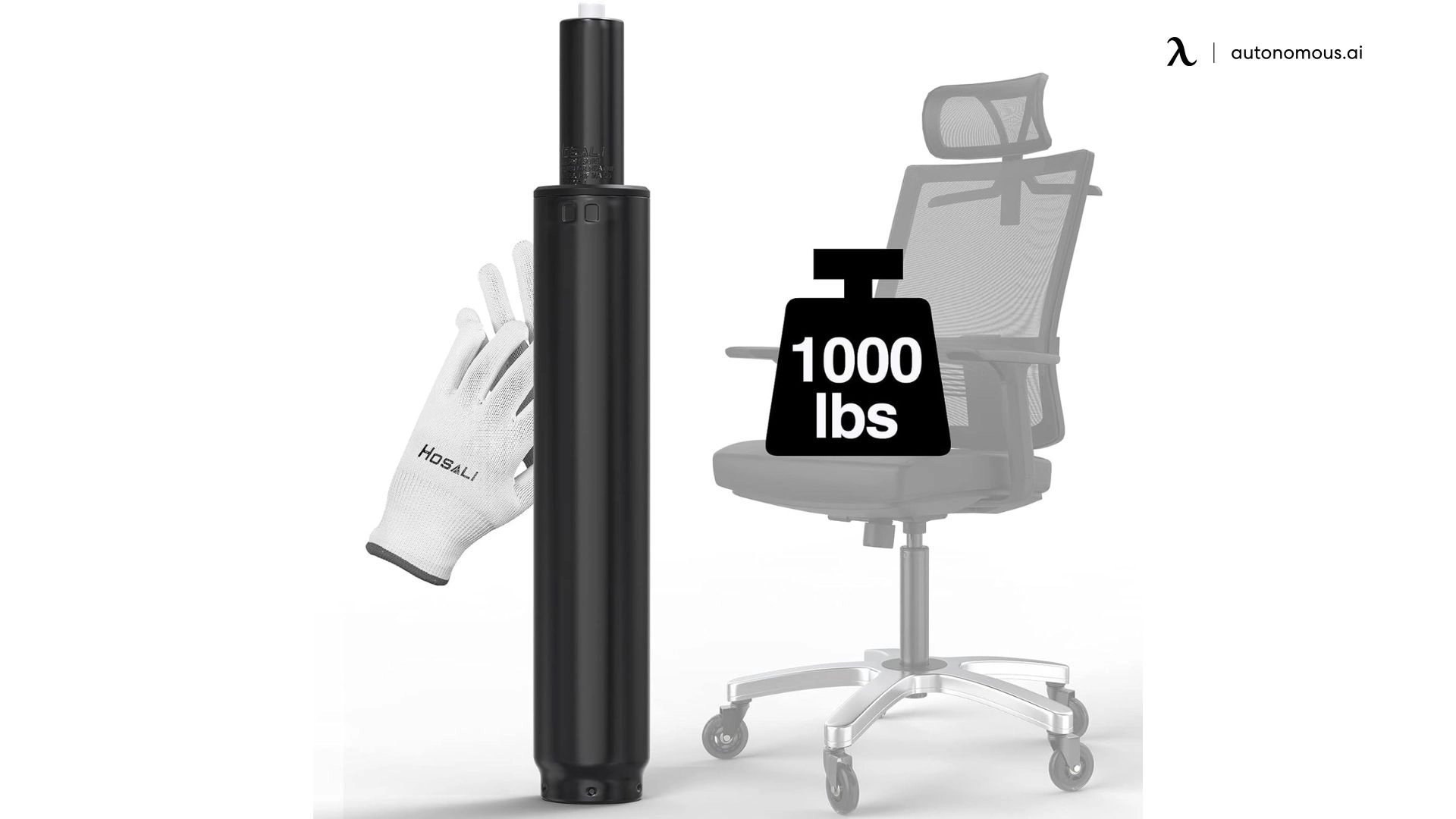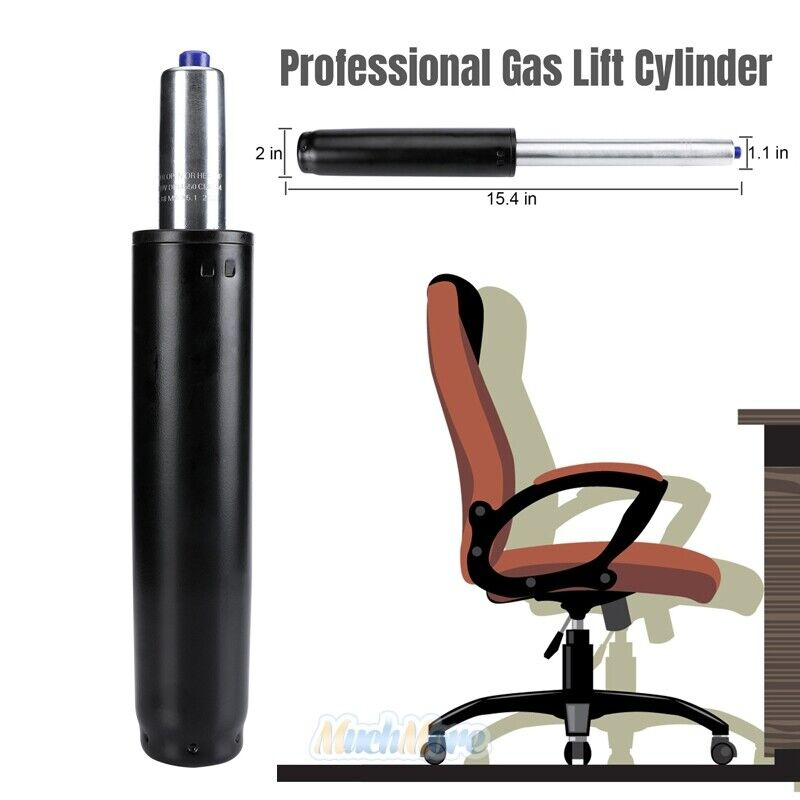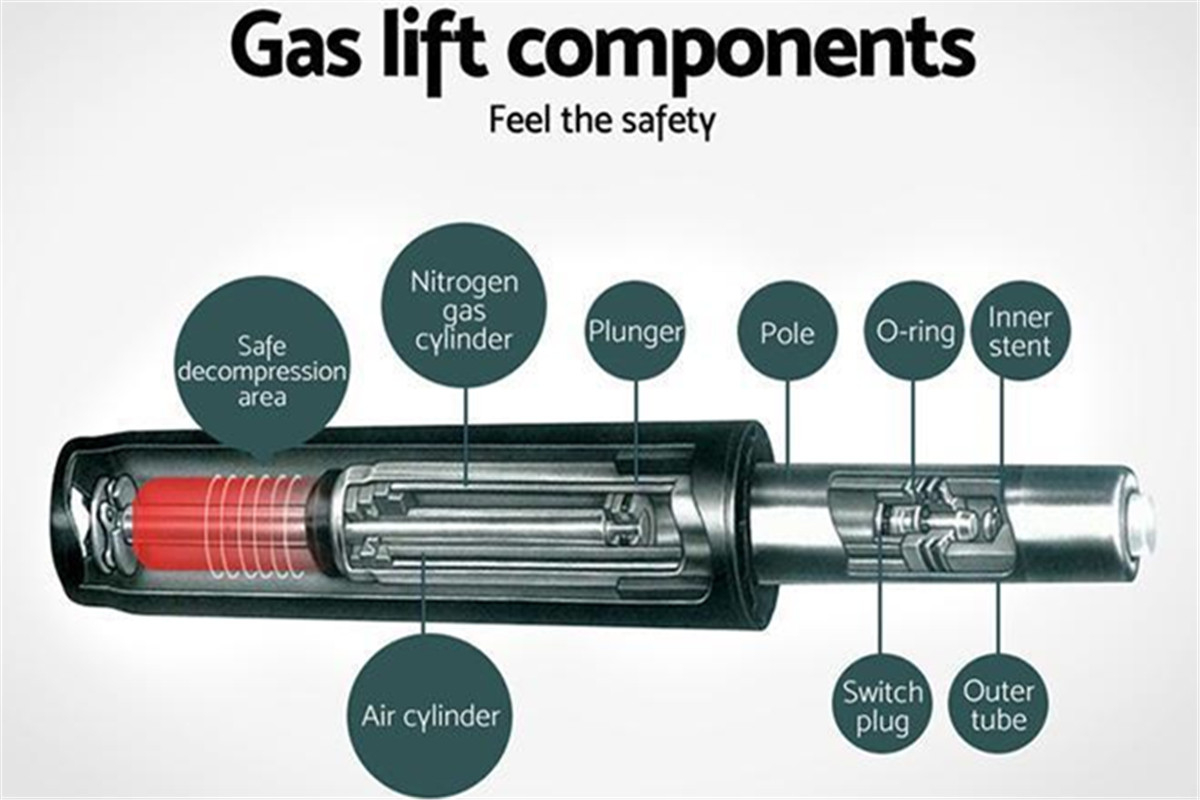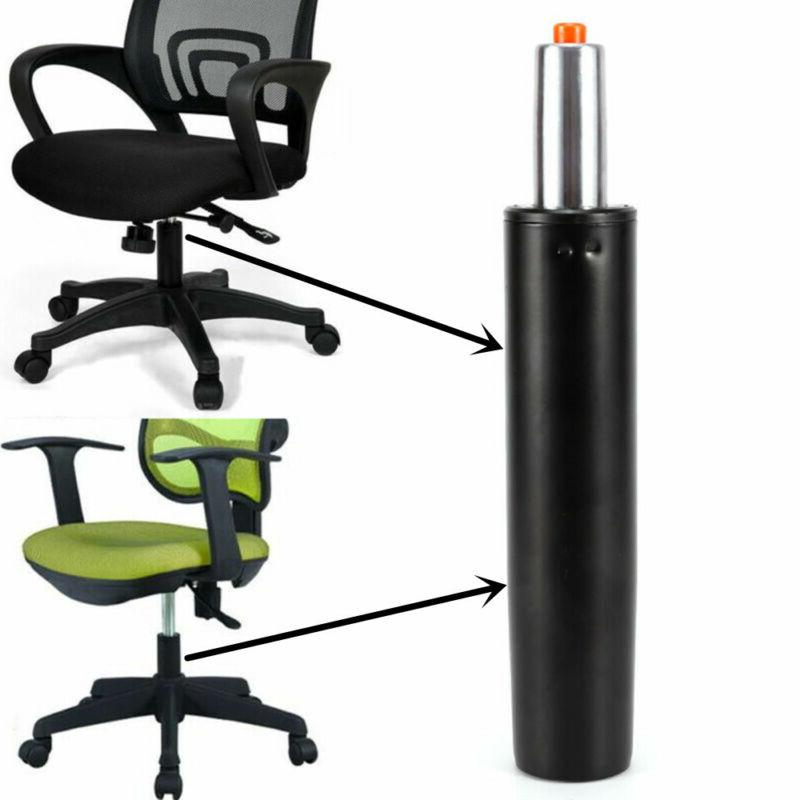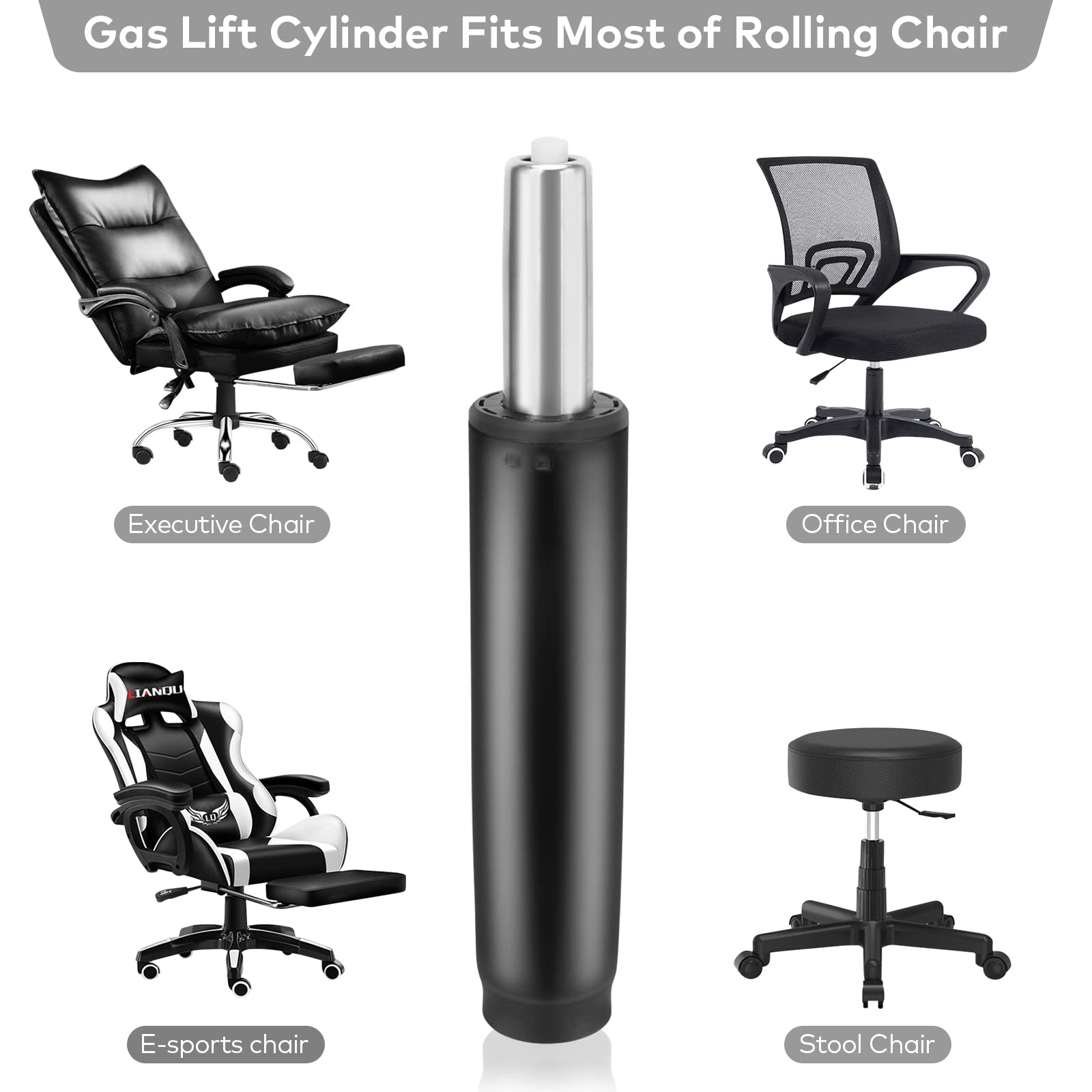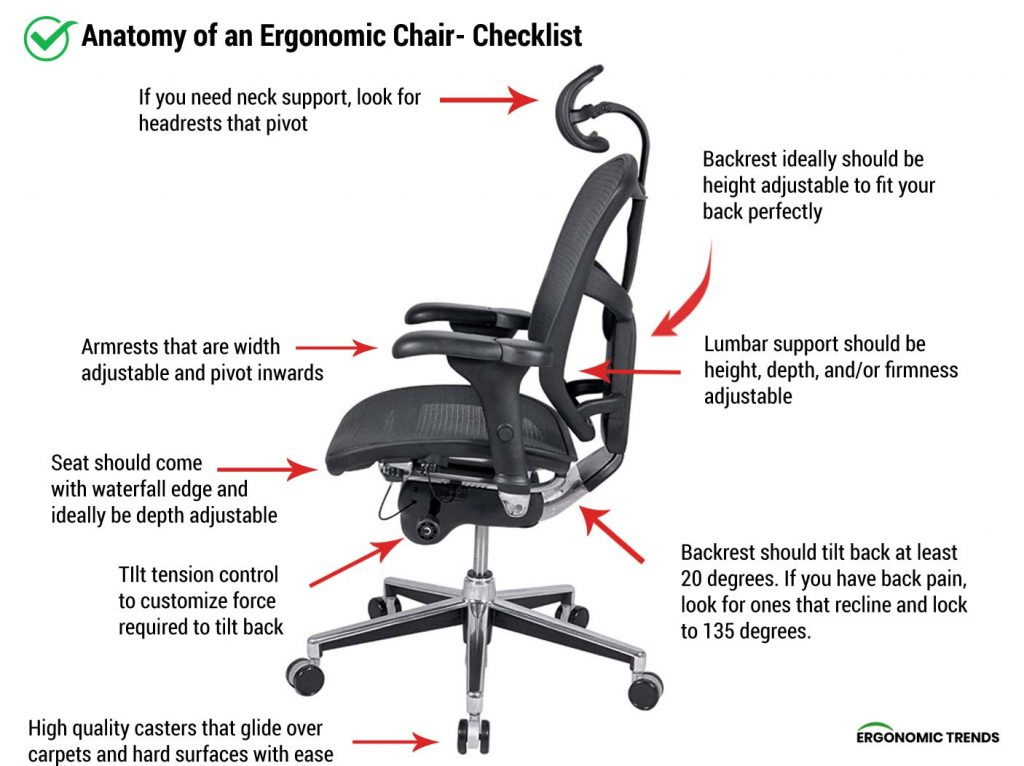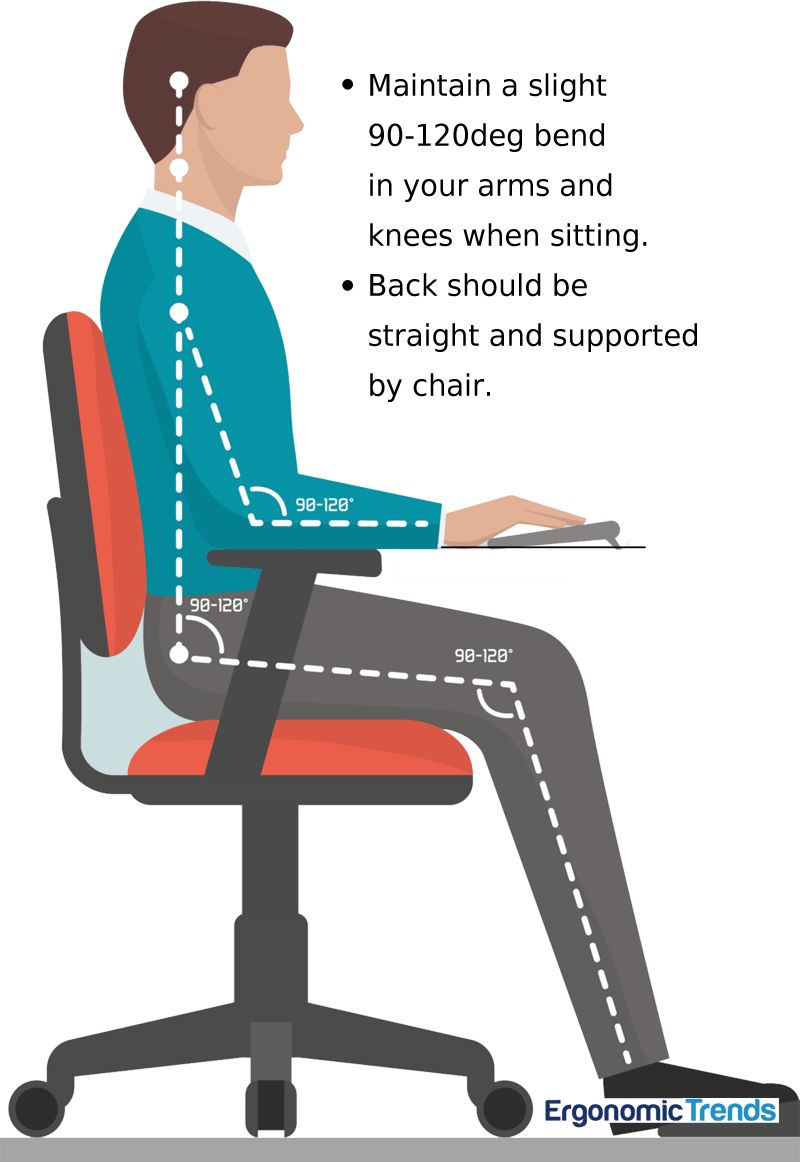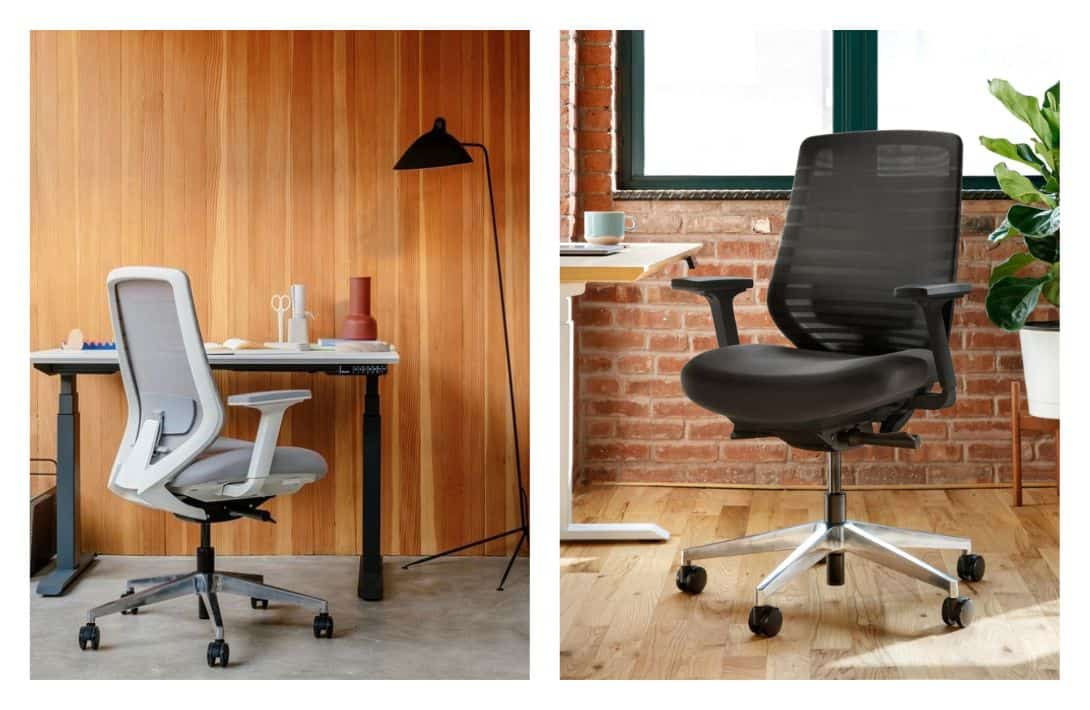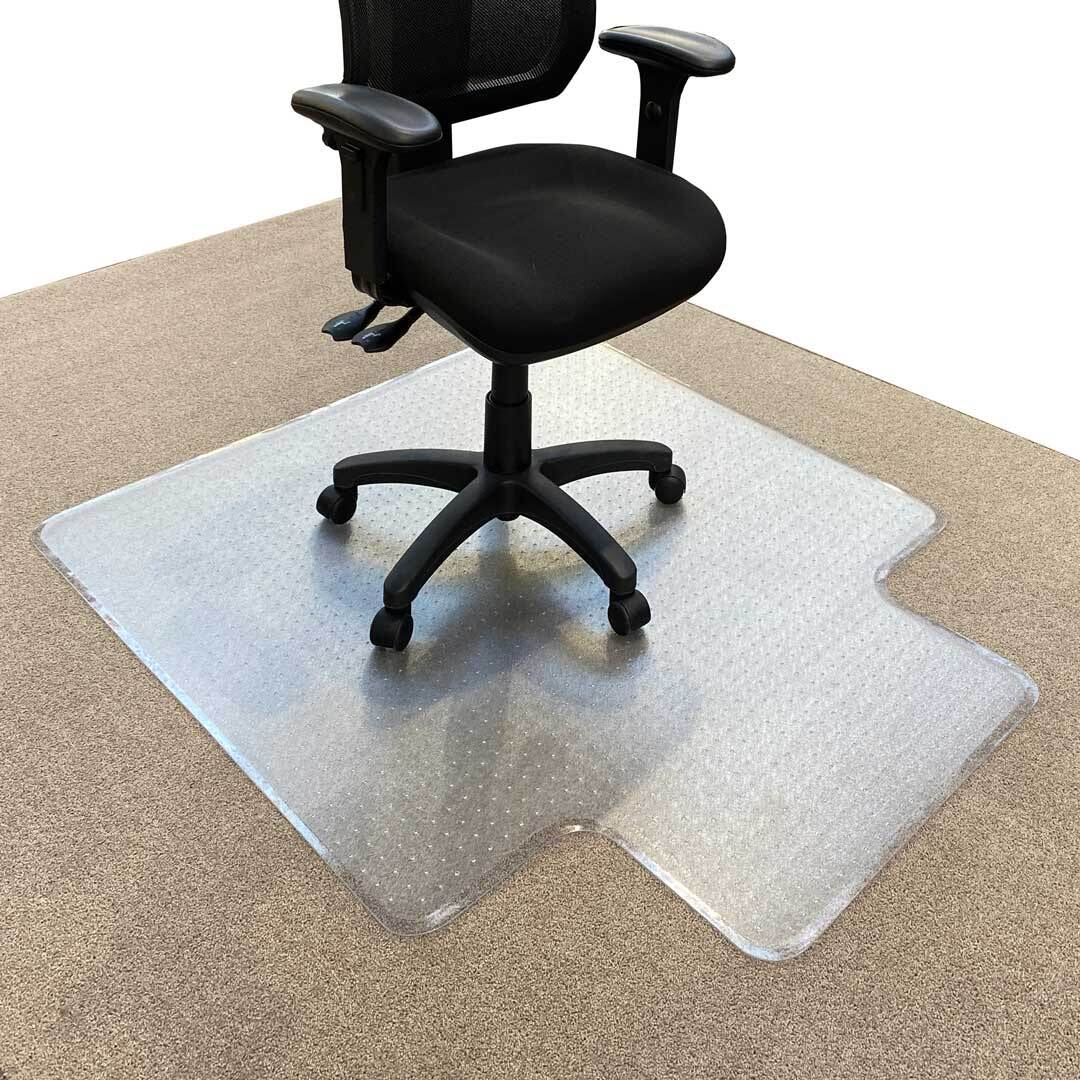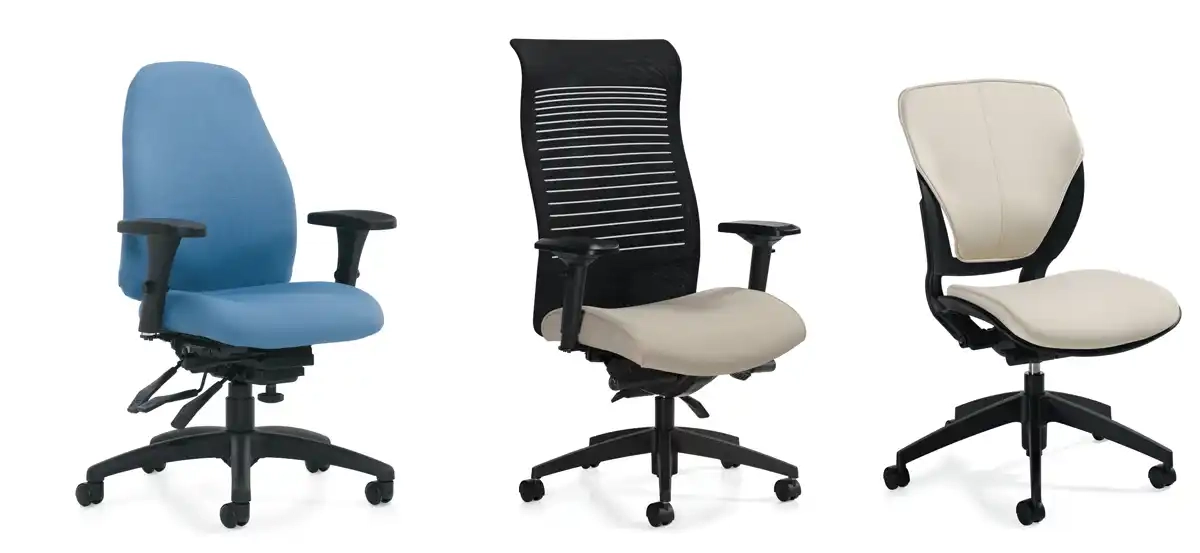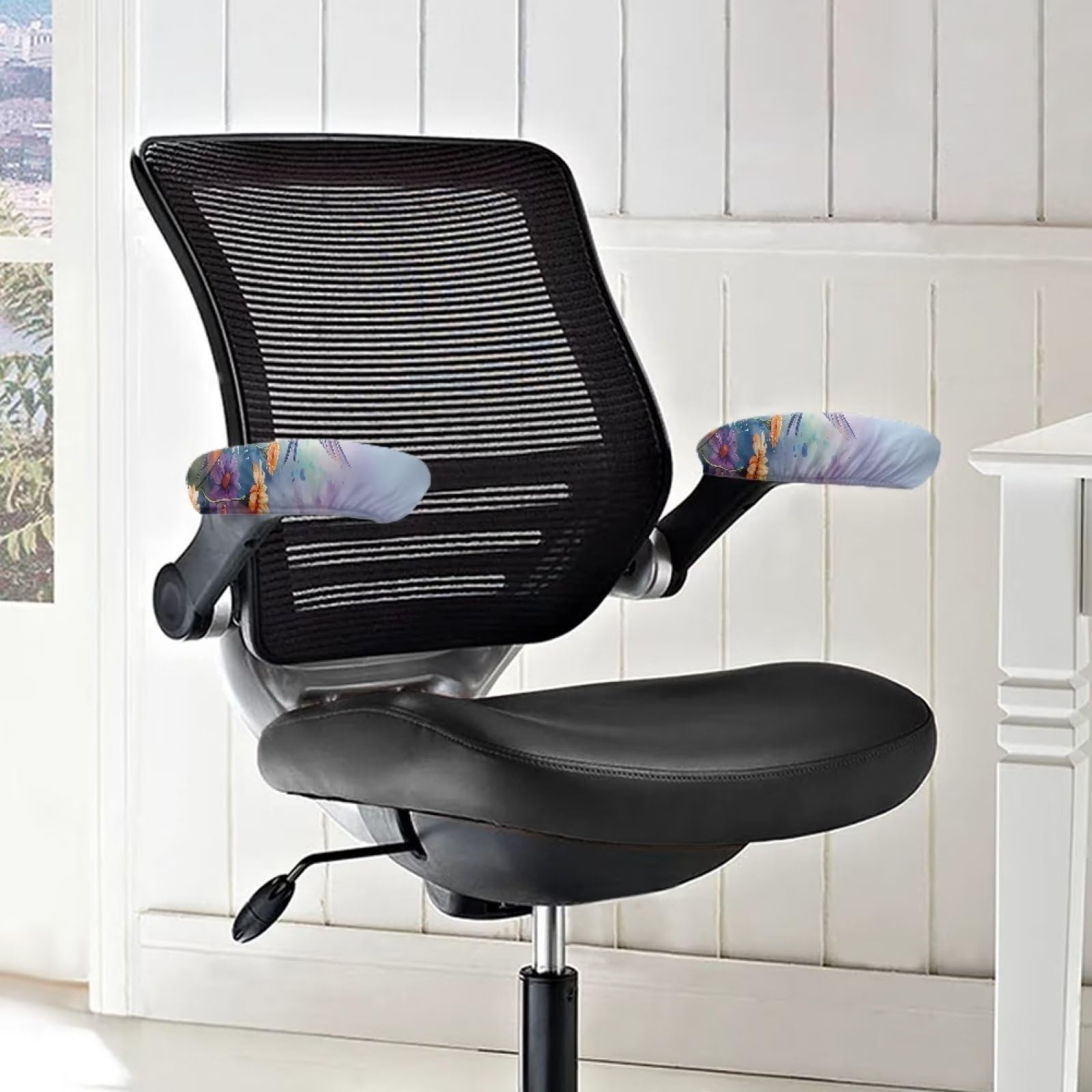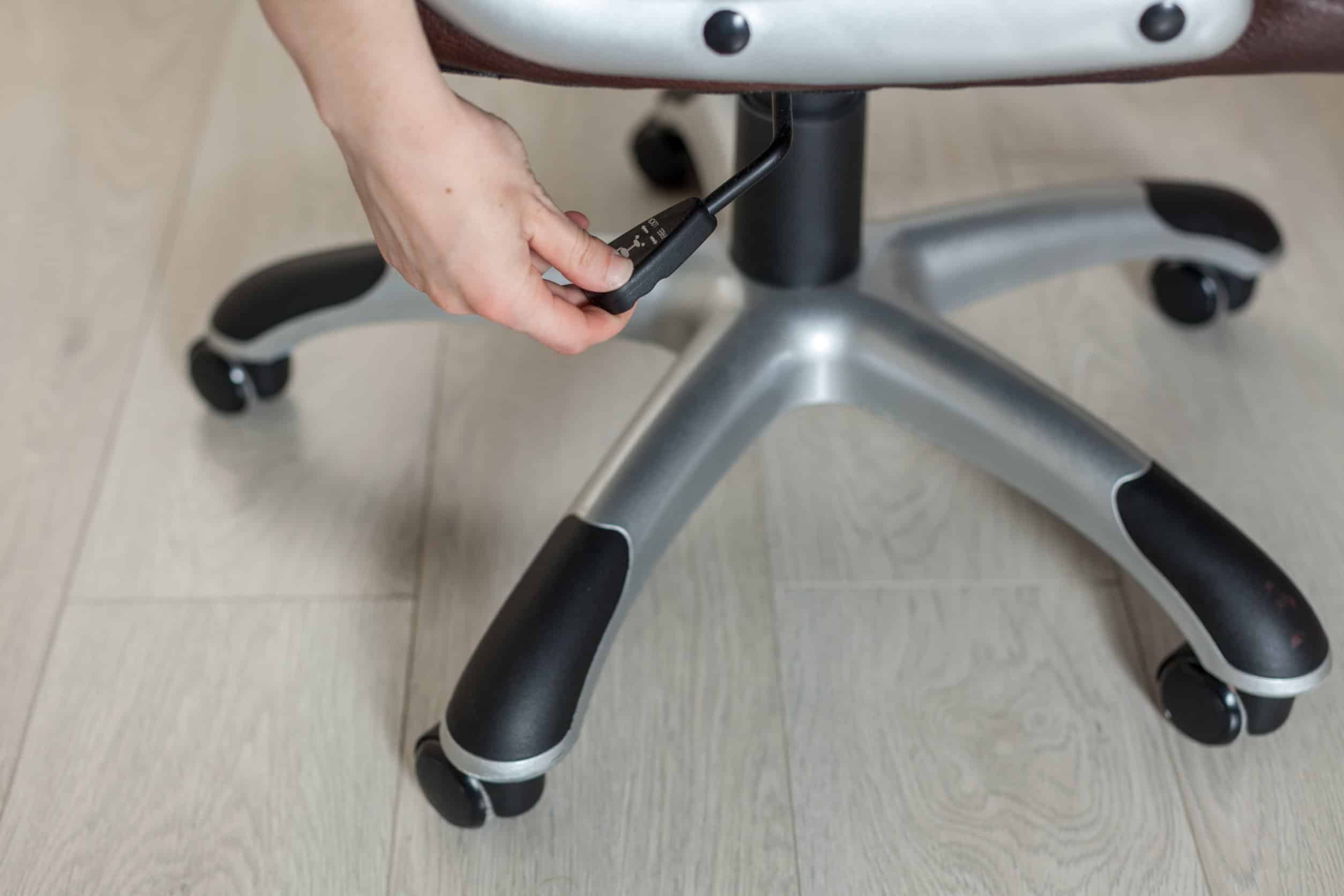Think about your office chair. You probably don’t give it much thought, right? It’s just there, a familiar fixture in your workspace. But have you ever stopped to consider the incredible engineering packed into that seemingly simple piece of furniture? It’s not just about plush cushioning and a stylish design; it’s a carefully constructed system of levers, hydraulics, and ergonomic principles all working together to keep you comfortable and productive. Let’s dive into the fascinating world of how your adjustable office chair actually works and appreciate the smart design that supports your daily grind.
We spend so much of our lives sitting, especially in an office environment. Our chairs are our constant companions, supporting us through countless hours of work. But the adjustable office chair is a real unsung hero of the modern workplace. It’s a product of thoughtful design and clever engineering, aiming to adapt to you, not the other way around. From the smooth glide of the casters to the subtle tilt of the backrest, every component serves a purpose, often in ways we don’t consciously notice. It’s a blend of mechanics and human-centric design, ensuring your comfort and well-being are paramount.
The Heart of the Matter: The Pneumatic Gas Lift
This is probably the most obvious, and perhaps most magical, feature of your adjustable office chair: the ability to raise and lower your seat with a simple lever. How does it do this? It’s all thanks to a pneumatic gas lift cylinder. Think of it as a sealed tube containing a piston and a gas, usually nitrogen. When you sit on the chair, you release a valve by lifting the lever. Pushing down on the lever then allows a mechanism to compress the gas inside the cylinder, raising the piston and, consequently, your chair. When you want to lower it, you lift the lever again, which opens the valve and allows the compressed gas to expand, gently lowering the seat. It’s a brilliant use of gas pressure and a simple mechanical linkage to provide effortless height adjustment. Pretty neat, huh?
The Foundation: Casters and the Five-Star Base
Let’s talk about mobility. Those little wheels, or casters, at the bottom of your chair? They’re not just for show. They’re designed to allow for smooth movement across various floor surfaces, making it easy to glide from your desk to a filing cabinet or a colleague’s desk without having to stand up. The real stability, though, comes from the five-star base. This design is a classic for a reason. By distributing your weight across five points instead of, say, three or four, it significantly increases stability and prevents tipping. This robust foundation is crucial, especially when you’re leaning back or reaching for something. It’s a simple yet incredibly effective engineering solution for safety and stability.
The Art of the Tilt: Mechanism and Control
Many adjustable chairs offer a tilt function, allowing you to recline. This isn’t just about lounging; it’s about shifting your posture and relieving pressure. The tilt mechanism, often located beneath the seat, connects the seat and the backrest. When you lean back, this mechanism allows the seat and backrest to move together, often at a specific ratio to maintain proper ergonomic alignment. Some chairs have a basic tilt, while others offer more advanced control, allowing you to lock the tilt in various positions or even adjust the tension to suit your weight and preference. This feature is key to dynamic sitting, encouraging movement and reducing static strain on your body. It’s about supporting your natural desire to shift and change position throughout the day.
Ergonomics and Adjustability: A Human-Centric Approach
Beyond the core mechanics, the true marvel lies in how all these adjustable parts come together to support your body. Adjustable armrests, lumbar support, and seat depth are all designed with ergonomics in mind. Ergonomics, simply put, is the science of designing things to fit the people who use them. An adjustable office chair is a prime example of this. By allowing you to fine-tune the height of your armrests to support your elbows, adjust lumbar support to cradle your lower back, and even slide the seat forward or backward to get the perfect leg support, the chair adapts to your unique body shape and size. This personalization is what makes it so effective at promoting good posture and preventing discomfort and long-term strain. It’s a testament to how understanding human anatomy and movement can lead to incredibly functional design.
Materials and Durability: Built to Last
The engineering doesn’t stop at the moving parts. The choice of materials is also critical. High-density foam for cushioning provides support without bottoming out, and durable fabrics or leather ensure longevity and comfort. The internal mechanisms are typically made from robust steel, capable of withstanding the constant pressure and movement. Even the plastic components are engineered for strength and resilience. This careful selection of materials, combined with precise manufacturing, ensures that your chair remains functional and supportive for years to come, making it a worthwhile investment in your daily comfort and health.
The Synergy of Components: A Unified System
What’s truly remarkable is how all these individual components – the gas lift, the base, the casters, the tilt mechanism, the adjustable features, and the materials – work in harmony. They aren’t just separate parts; they form a cohesive system designed to provide a comfortable, supportive, and adaptable seating experience. Each element is engineered with the others in mind, creating a seamless interaction that allows you to effortlessly adjust your chair for optimal comfort and productivity. It’s a beautiful example of how complex systems can be built from simpler, well-understood principles, all focused on enhancing the human experience in the workplace.
So, the next time you settle into your office chair, take a moment to appreciate the ingenious engineering at play. That smooth height adjustment, the stable base, the supportive tilt, and the ability to customize it to your body are all carefully considered design elements. Your adjustable office chair is more than just furniture; it’s a sophisticated tool engineered to support your well-being and productivity throughout the workday. It’s a testament to how thoughtful design and mechanical ingenuity can make a significant difference in our daily lives. Keep adjusting, stay comfortable, and remember the marvel of engineering beneath you.

